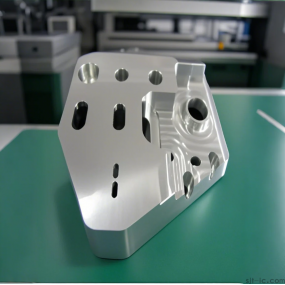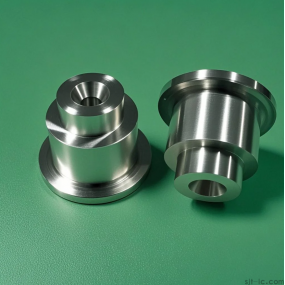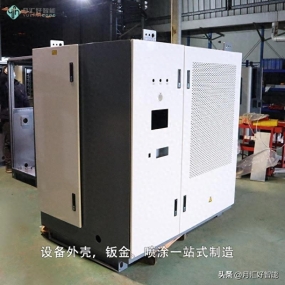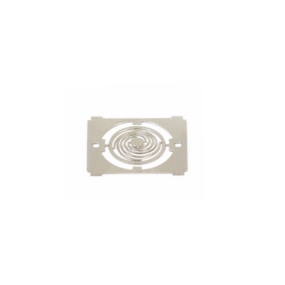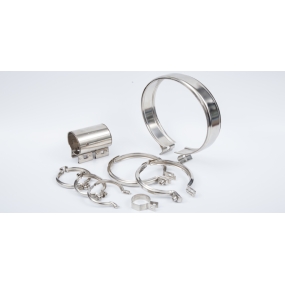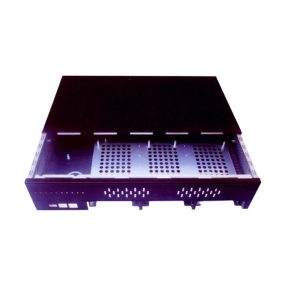🤔 Why do you keep worrying about "what can CNC machine"?
Actually, CNC can machine almost anything! From phone cases to rocket components, but the biggest confusion for beginners is — "Is my product suitable for CNC Machining?" 😵
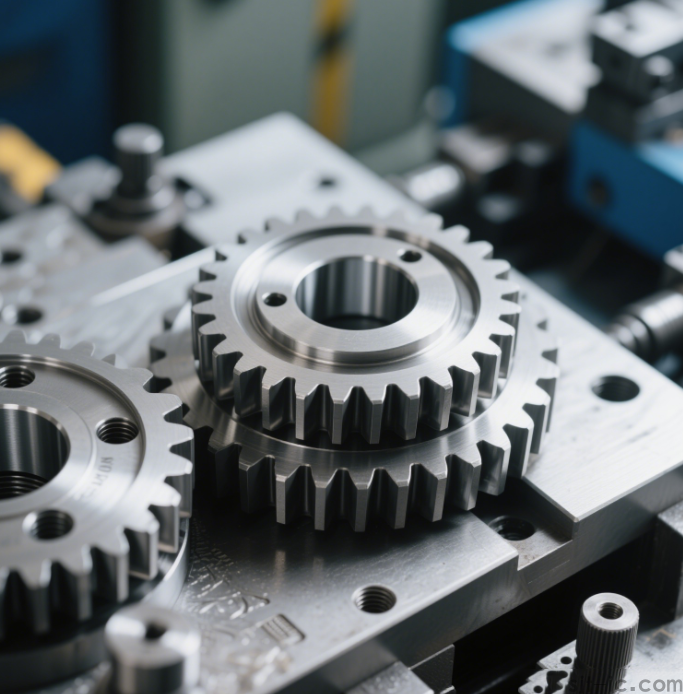
Let’s categorize it simply:
- Metal materials: Aluminum, steel, copper, and even titanium alloy! Examples include medical device parts and automotive gears.
- Plastic materials: ABS, PC, and nylon. They’re perfect for prototyping or small-batch production.
- Complex shapes: Impellers and irregular curved surfaces can be directly machined by 5-axis machines.
But ❗ Not all materials work — materials like rubber are too soft, and ceramics are too brittle; CNC machining will easily damage them!
🔍 Pitfalls in non-standard customization: 90% of beginners fall here!
Non-standard parts equal one-of-a-kind designs, but there are many pitfalls during customization:
1. Unclear drawings: Tolerances and material requirements are vague, so manufacturers will just "play it by ear"…
2. Wrong material selection: For example, medical parts need corrosion resistance, but if you choose ordinary aluminum, all parts will be scrapped after oxidation!
3. Ignoring costs: Using 5-axis machining for small-batch production will make the unit price skyrocket 💸
👉 Comparison table to avoid pitfalls:
| Requirements | Recommended Process | Cost Reference |
| ---- | ---- | ---- |
| Small-batch complex parts | 4-axis / 5-axis CNC | Medium-high |
| Simple metal parts | 3-axis CNC | Low |
| Plastic prototypes | 3-axis CNC + manual polishing | Low |
💡 Editor’s bold view: Don’t fixate on precision for non-standard customization!
Many people insist on tightening tolerances to ±0.01mm, but most products don’t need that at all! For parts like casings and brackets, ±0.1mm is more than enough — and this can cut costs by half ✅
What you really need to focus on:
- Surface treatment: Processes like anodizing and sandblasting. Corrosion resistance is more important than precision.
- Lead time negotiation: Is a 30% premium required for rush orders? It’s better to compare multiple suppliers.
- Inspection reports: Reputable manufacturers must provide quality inspection certificates. Don’t trust "visual inspection"!
🚀 Ultimate advice for beginners
1. Start with small batches: First produce 50 trial units, don’t place orders for 10,000+ units right away.
2. Stick to 6061 aluminum: It has low cost, is easy to machine, and is suitable for most products.
3. Learn "pseudo-non-standard": Fine-tune the design based on standard processes to reduce costs by 60% directly!
💥 Finally, a key statistic: For non-standard parts, the cost saved by structural optimization is 30% more than cutting machining fees. So, paying more attention to details during the design stage is more profitable than pressing for lower machining unit prices later!
Do you want me to sort out a CNC Machining Material Selection and Cost Control Guide? It will help you make clearer decisions when dealing with CNC machining-related matters later.


 Spanish
Spanish Arabic
Arabic French
French Portuguese
Portuguese Belarusian
Belarusian Japanese
Japanese Russian
Russian Malay
Malay Icelandic
Icelandic Bulgarian
Bulgarian Azerbaijani
Azerbaijani Estonian
Estonian Irish
Irish Polish
Polish Persian
Persian Boolean
Boolean Danish
Danish German
German Filipino
Filipino Finnish
Finnish Korean
Korean Dutch
Dutch Galician
Galician Catalan
Catalan Czech
Czech Croatian
Croatian Latin
Latin Latvian
Latvian Romanian
Romanian Maltese
Maltese Macedonian
Macedonian Norwegian
Norwegian Swedish
Swedish Serbian
Serbian Slovak
Slovak Slovenian
Slovenian Swahili
Swahili Thai
Thai Turkish
Turkish Welsh
Welsh Urdu
Urdu Ukrainian
Ukrainian Greek
Greek Hungarian
Hungarian Italian
Italian Yiddish
Yiddish Indonesian
Indonesian Vietnamese
Vietnamese Haitian Creole
Haitian Creole Spanish Basque
Spanish Basque

